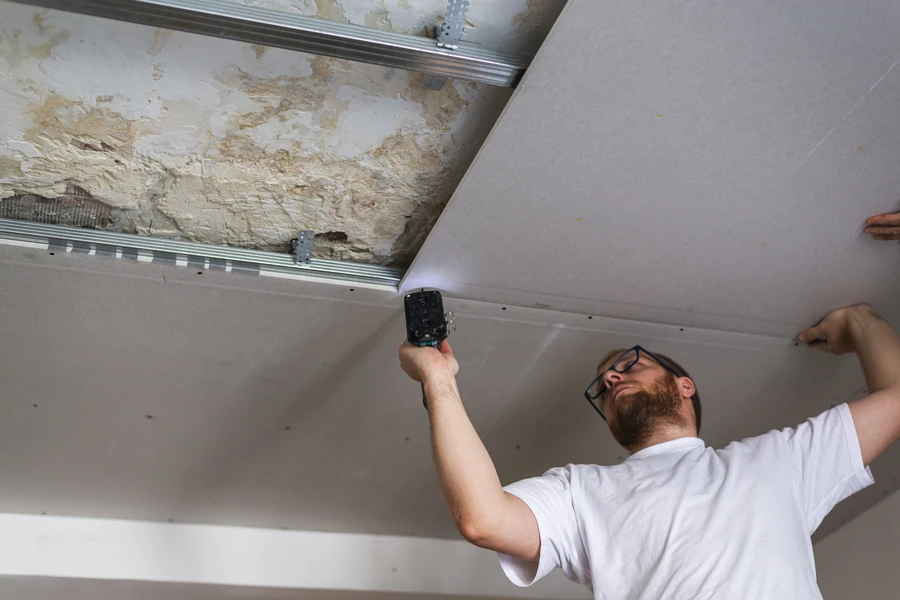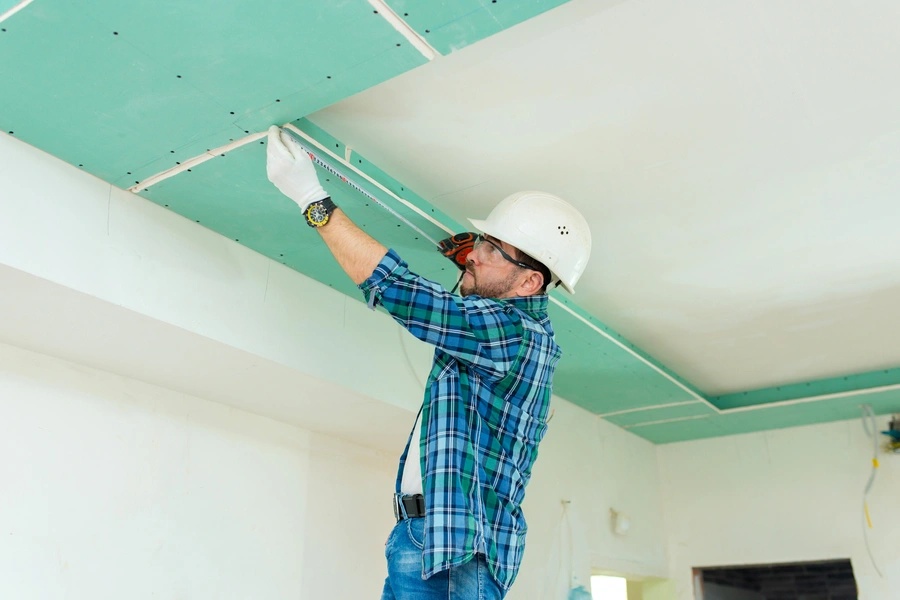Understanding the Various Issues With Drywall
Drywall is a widely used material in home construction. It’s popular because it’s affordable and easy to install. However, like any other component of your home, drywall can suffer from wear and tear over time. Knowing about common damage types is crucial. It helps you identify problems early and plan repairs effectively. This article will guide you through different types of damage that require attention to maintain your walls’ integrity.

The Impact of Water Damage on Drywall
Water damage is a significant concern for many homeowners. Drywall soaks up moisture quickly, leading to issues such as stains or even mold growth. When water permeates into drywall, it can weaken its structure, making the wall unstable. Early signs include discoloration and soft spots. Addressing water leaks promptly can prevent extensive damage. Ignoring these signs could result in costly repairs down the line.
Cracks: A Common Problem in Drywall
Cracks often appear due to structural settling or temperature changes. They are not only unsightly but can also be indicative of more serious underlying issues. Small cracks might seem harmless at first. Yet, if left unattended, they can widen over time. Fixing them early involves simple patchwork, which is less intensive than replacing large sections. Regular inspections are key to preventing this kind of damage.

Damage From Accidental Impacts
Bumping furniture or accidental hits during everyday activities can cause dents or holes in drywall. These impacts usually result in visible blemishes that disrupt the smooth appearance of your walls. Fortunately, most minor dents and holes can be resolved easily without needing full drywall installation. Using joint compound and sanding tools will suffice for small repairs. Larger holes may require patches for effective restoration.
Mold and Mildew Growth on Walls
Mold thrives in damp environments, making damaged drywall a prime target when exposed to moisture. Mold not only affects the aesthetics of a room but also poses health risks. If you see black spots or musty smells around your walls, check for mold immediately. Removing mold-infested sections and ensuring proper ventilation reduces recurrence chances. Professional assessments ensure complete resolution.
How Temperature Changes Affect Drywall
Extreme temperature fluctuations can lead to drywall expansion and contraction. This can cause it to warp or crack over time. Areas like attics or basements, where temperatures vary significantly, are particularly susceptible. Insulating these areas properly helps maintain consistent temperatures and protects against these damages. Regular checks in vulnerable zones help catch potential problems early.
Preventive Measures for Maintaining Drywall
Regular maintenance prevents most drywall issues from becoming major concerns. There are several steps you can take:
- Inspect frequently for signs of damage
- Repair small damages promptly
- Control indoor humidity levels
- Ensure proper insulation in all rooms
Professional Help for Drywall Repairs
If you face persistent issues or extensive damage, it’s wise to consult professionals. They have the expertise to handle complex repairs efficiently, avoiding further complications. Experts assess the extent of damage accurately and recommend suitable solutions. Sometimes, full drywall installation might be necessary for severe cases.
Your Trusted Partner for Quality Wall Solutions
Killeen Drywall and Painting offers comprehensive services tailored to meet your needs. Based in Killeen, TX, we specialize in providing expert repair solutions that ensure long-lasting results. Call us at (254) 284-1431 today to learn how our team can help maintain your home’s beauty and functionality.
